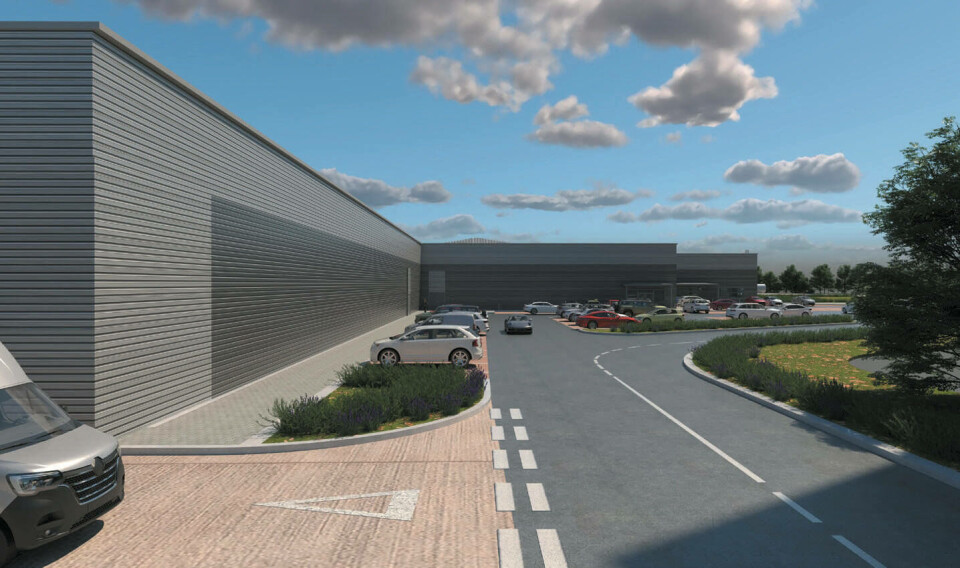
Planning bid submitted for 5,000-tonne UK land-based salmon farm
The company hoping to build the UK’s first large-scale land-based salmon farm has submitted its planning application for its site at New Clee on the outskirts of Grimsby and Cleethorpes.
Aquacultured Seafood Ltd (ASL) intends to produce around 5,000 tonnes of salmon per year in its proposed recirculating aquaculture system (RAS) facility which will use technology from experienced RAS supplier AquaMaof.
Last month, ASL director and aquaculture industry veteran Mike Berthet told Fish Farming Expert that the company hopes to receive planning permission by the end of September. If it gets the green light, ASL will then begin raising the £75 million-plus needed for the project.
“We have retained a London finance house which is already talking to potential investors,” he said in May. “The company’s directors raised initial funds and late last year we went out to family funds, etc., to raise enough money – around £1 million - to take us through the planning stage. We raised that in double quick time.”
Plan has evolved
In a statement submitted to North East Lincolnshire Council planners, ASL consultant Montagu Evans LLP said the proposed development had evolved through pre-application consultation with officers of the council.
Neighbours to the site and ward councillors had also been notified of the development proposals for the site and public consultation undertaken. The scheme had progressed from that initially presented and note had been taken of the comments received.
“The proposed development incorporates a wide range of sustainability measures, including energy efficient lighting, water efficiency fittings, cycle parking, implementation of a travel plan, as well as the provision of PV (phot voltaic) panels and SuDS (sustainable drainage systems). This will result in the provision of a high-quality sustainable building in line with the requirements of the adopted development plan,” said Montagu Evans.
No harm to Humber
The New Clee site is a former railway siding that has been reclaimed and 80% of the land is designated as a Local Wildlife Site (LWS). The site is also adjacent to the Humber Estuary, which is designated as a Site of Special Scientific Interest (SSSI) and has other nature site designations.
Montagu Evans said that a Habitats Regulation Assessment submitted with the planning application had concluded that with the adoption of embedded and specific mitigation measures, the fish farm will have no adverse effects on the integrity of the Humber Estuary.
It added that while the site was desginated as an LWS, it was also allocated for employment in the council’s local plan.
“The LWS is designated for its grassland and open mosaic habitats. However up to date botanical surveys have indicated that the current condition of the LWS is less than the threshold for LWS designation,” said the comsultancy.
“The proposed layout includes the retention and protection of as much as possible of the existing LWS habitats. The proposed development provides habitats within the proposed layout to provide additional ecological interest where amenity and drainage areas are proposed (wildflower grassland and scrub).”
























































